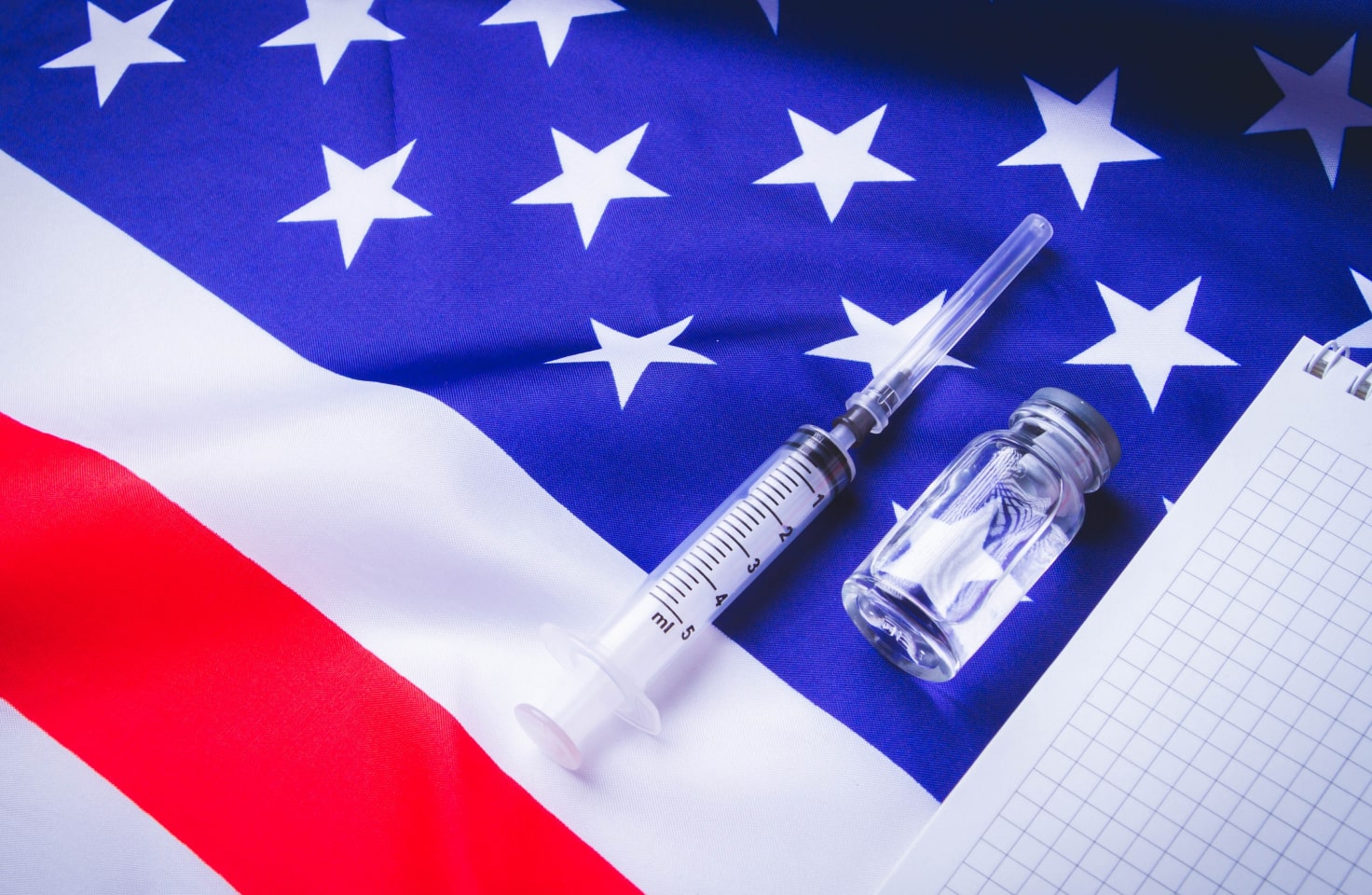T1D Guide
T1D Strong News
Personal Stories
Resources
T1D Misdiagnosis
T1D Early Detection
Research/Clinical Trials
Camping with Type 1 Diabetes
It’s the perfect weekend trip. You and all of your buddies have loaded the car and are headed for a luscious mountain getaway. Your itinerary is packed: leisurely hiking through the parks’ trails, relaxing on the cabin balcony and playing cards while tending to a fire and eating smores. Sounds horrible, right?

Obviously, no. However, a person with type 1 diabetes (T1D) must attend to a few small, extra details.
How to Traverse a Cozy Cabin Getaway with T1D
Hiking and camping can be fun, natural experiences. They often allow trip-goers to engulf themselves in the surrounding foliage and take a break from the everyday hustle. Camping can also come in several formats depending on what best accommodates the campers, making each trip uniquely memorable. Campers can take on nature to their desired degree, whether roughing it on the ground or glamping in a lush cabin.

Now, there’s no reason why someone with type 1 diabetes can’t also receive a little break from day-to-day commotion, but sadly, diabetes can’t be left behind when the car is all jam-packed and ready to go (though most people with diabetes certainly wish this were true).
So, what is so different about a secluded getaway from the daily grind? Well, a myriad of things. As with any travel, going camping or staying in a cabin introduces different factors that aren’t always at play.
Weather
For one thing, the weather on a trip becomes a much more important factor than watching from behind your office window at your computer with coffee in hand. This being said, there is no need to fret! Though the weather might cause a few disruptions to a trip, planning and packing accordingly will save you time and energy. Plan ahead by watching the weather reports and be prepared for the unexpected.
Some tips for the changing temperature:
- Wear many layers to adjust for hot and cold days.
- Thermal clothing for cold nights.
- Waterproof jackets, hats, gloves and socks.
- Hiking boots
- If tent camping, make sure to bring a rain flap.
A break is a break, and it is vital for people with T1D to feel that they can relax and let go when on vacation just as much as anyone else.

So here are some camping pointers that may be helpful when you go off the grid. Facing nature’s elements and surprises during a weekend-long adventure doesn’t have to overwhelm you.
Pro Tip: Keep your supply list saved on your phone so you don’t have to reinvent the wheel every time.
Pack, Pack, Pack!
When enjoying a somewhat remote getaway, being over-prepared is more crucial than ever. As many parks and campsites are often off the beaten path, it may be harder to locate a grocery store or pharmacy if needed. Some parks even close entry at night, further limiting your options.
When staying outdoors for an extended period of time, whether you’re actively hiking or napping in a hammock during your camping stay, several things could happen. You could trip over a tree root and spill a pack of freshly opened fruit snacks for the woodly creatures, or you could temporarily get lost on trails, extending the time to return to the cabin and replenish your supply. Or you could stub your toe and need a first aid kit.

T1D Camping Trip Supplies
This is where packing extra supplies comes into play. Remember to pack extra insulin pump and insulin pen supplies, cartridges, insulin, an extra insulin pen, backup meters, extra CGM supplies, glucose tabs, and test strips. Also, it's a good idea to buy extra boxes of fruit snacks and juice to protect against low blood sugar episodes.
Seeking Shelter
In addition to your tent and rain flap, here are some additional camping trip items to remember.
- Sleeping bags and pillows
- Extra blankets
- Garbage bags
- Towels
- Camping chairs
- First aid kit
- Compass
- GPS device
- Headlamp/flashlights
- Pocket knife
- Fire starter kit
During fun excursions like these, it is also important to consider items worthy of bringing that may be outside of daily use. One example of this would be an insulin-cooling case. While roughing it, it is entirely possible that there may be no access to a fridge. If staying in a cabin, there may be a refrigerator, but keeping insulin cool is still needed while hiking long trails and during the car rides to and from the park.
Another example is a power bank or portable charger from your phone and PDM, if applicable. Now, there are battery-operated power chargers for recharging your phone and pump.
For the same reasons an insulin cooling case is desirable, a portable charger allows you extended access to crucial blood sugar information and insulin delivery options that may be otherwise endangered during a long day outdoors.
Diabetes Camp Supplies
- Frio cooling case to keep insulin cool
- Cooler with ice
- Waterproof travel packets to keep your pump and continuous glucose monitor (CGM) dry
- Medical alert bracelet or ID
- Portable charger
Emergency Prep for Diabetes Management
Going even further than the need to pack extra supplies is the preparation for a potential emergency situation. Diabetic emergencies are scary enough as-is, but ill-preparedness in the middle of nowhere deepens the potential severity of the situation.

Glucagon for Low Blood Sugar
Though this is true, there are ways to prevent this deepened severity. It is best to be prepared for the worst when secluded and away from home. One means of doing so is to ensure you have an unexpired glucagon spray or two. It's also important to have friends to help you watch your blood sugar levels and know how to respond if your blood sugars drop too low.
Medical Alert
Having one of these on hand may be life-saving in an emergency. Ensuring these are unexpired is also essential, as many glucagon sprays just collect dust from the time they are picked up at the pharmacy (which, I might add, is a good thing)!
Another method of emergency preparation is purchasing a type 1 diabetes medical keychain or bracelet. Though it’s always hoped that nothing like this would happen, people get hurt and separated from their groups. A medical awareness keychain or piece of jewelry can be purchased cheaply online, and it may save your life if something were to go array.
Diabetes Camps
If you've ever considered diabetes camping for adults, Connected in Motion provides outdoor recreation, adventure pursuits, and diabetes education. The diabetes camp offers even more summer fun with Slipstream weekend events with fresh air, great food and engaging workshops.

Hot ‘N Cold
On top of the ever-important need to stay hydrated and eat properly in or out of the woods, the possible weather changes experienced while outside affect this further. If a day of hiking is expected to be rather hot, it is even more critical to ensure you drink enough water to stay hydrated and possibly keep glucose levels out of the high range.
Stay hydrated with the following:
- Water bottles, hydration backpack.
- Extra water jugs and ice
- Glucose tabs/gels, juice
- Protein bars
Control Blood Sugar Level
Keeping your blood sugar level in check in the wilderness can be challenging. If the hike is expected to be cold, extra protein or energy bars may be necessary to counteract hypoglycemia caused by energy exertion through shivering.
Adverse or radical weather can cause blood glucose issues for people with diabetes. For example, as heat can either cause blood sugar to rise or tank, someone with diabetes needs to take their personal reactions to weather changes into account when taking on a day already full of exercise and exertion.

Fun Fact: The American Diabetes Association (ADA) offers diabetes summer camps and year-round programs to help children with diabetes develop the skills needed to thrive with diabetes. For over 70 years, the American Diabetes Association has served over 100,000 children and their families with summer camp and day camp experiences. With a medical staff of licensed clinicians and medical professionals, it is a great opportunity to get physical activity, mental stimulation, and, of course, to make new friends.
The Buddy System
Just as with anything, safety comes in numbers! When hiking a new terrain or visiting a place you’ve never been, it is important to be cognizant of where you are and what you are doing. Regarding type 1 diabetes, having a friend with you who understands your disease is incredibly helpful in the face of adversity. Having a buddy with you should also allow you to relax and worry less about the various diabetes-related factors throughout the day by knowing someone has your back (and extra pockets).
Safety First
Whether hiking and camping is second nature to you or exploring the outdoors is completely new, taking extra precautions with your diabetes management to ensure a safe camping experience and fun time is always worth it.
Though this is already important for someone without type 1 diabetes, someone with diabetes is even more inclined to be prepared. But after gathering a few extra supplies, checking the weather app, and bringing a trusted pal, there’s no reason a cozy cabin getaway can’t be exactly what the doctor ordered!








.webp)
.jpg)
.jpeg)
.jpg)
.jpg)
.webp)
.jpg)
.jpg)
.jpg)



.jpg)

.jpg)

.jpg)



.jpg)
.jpg)
.jpg)

.jpg)

.jpg)














.jpg)


.jpg)







.webp)












.webp)




















.webp)








.jpg)




.jpg)














.webp)